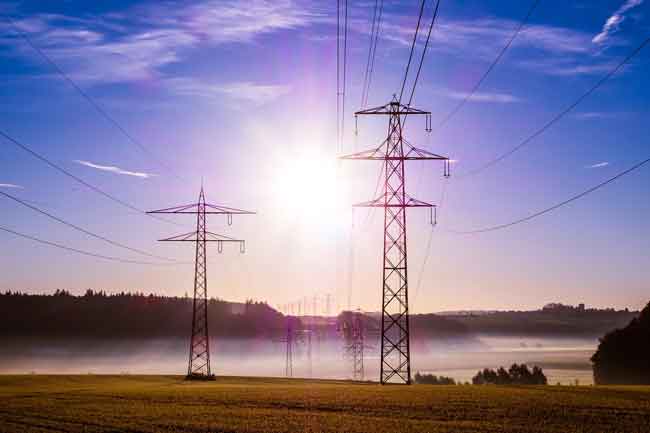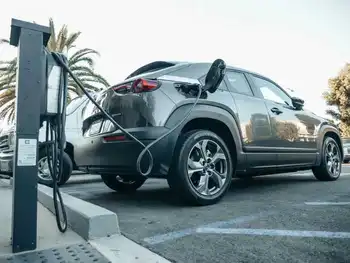Hawaii prepares for distributed generation
State regulators at the Public Utilities Commission recently issued a 128-page ruling that starts a program allowing small and midsize energy projects to easily sell renewable electricity for use by Hawaii's island power companies.
Hawaii, the nation's most fossil-fuel dependent state, is one of the first regions in the country to institute this policy, known as a feed-in tariff. It guarantees renewable energy producers a fixed price for their power for 20 years.
''Your home can now become a power plant, and that signals a turning point in Hawaii's energy trends,'' said Jeff Mikulina, executive director of the Blue Planet Foundation, founded to support clean energy initiatives.
The exact rates that will be paid for renewable energy will be set by regulators over the next few months. But this decision commits the state to feed-in tariffs.
The rates will exceed current electricity prices, a cost that will be passed on to consumers. But the trade-off is that Hawaii will begin to reduce its reliance on foreign oil and move toward long-term energy stability.
''The commission has taken a bold step with this feed-in tariff decision, and we will fully support it,'' said Robbie Alm, Hawaiian Electric Co.'s executive vice president. ''The decision sets forth strong provisions so that Hawaii's electricity customers benefit.''
Hawaiian Electric committed to work toward implementing feed-in tariffs when it signed on last year to the Hawaii Clean Energy Initiative, which aims to meet 40 percent of the state's energy needs through renewable sources by 2030. Currently, the state gets about 10 percent of its energy from clean sources.
In other parts of the nation, Vermont recently set up a feed-in tariff system, and other areas like Gainesville, Fla., and parts of Wisconsin already have them. Oregon passed a law this year calling for feed-in tariffs by April.
''Many warehouses or large roofs in commercial areas, those are now ideal sites for photovoltaic,'' said Carl Freedman of Haiku Design & Analysis, a renewable energy consulting firm.
Previously, companies that wanted to build expansive solar projects or wind farms had to go through a long process with the state and Hawaiian Electric before they could get a contract to provide power to the grid.
With feed-in tariffs, companies would know how much they'd get paid for electricity from the start.
''There's optimism that we'll see a lot more solar, particularly here on Oahu,'' said Warren Ballmeier, president of the Hawaii Renewable Energy Alliance.
Solar power producers will likely benefit the most, because that technology is easily accessible to businesses and residents. The feed-in tariffs also apply to wind and hydroelectric sources.
The decision caps project size limits at 5 megawatts for the island of Oahu and 2.72 megawatts for Maui and the Big Island.
The total amount of feed-in tariff projects will be limited to 5 percent of the power grid's peak capacity for the first two years, after which time the system will be reviewed again by the commission.
Related News

Wind Power Surges in U.S. Electricity Mix
In early 2025, wind power has significantly strengthened its position in the United States' electricity generation portfolio. According to data from the Federal Energy Regulatory Commission (FERC), wind energy accounted for 30.1% of the new electricity capacity added in January 2025, surpassing the previous record set in 2024. This growth is attributed to substantial projects such as the 390.4 MW Cedar Springs Wind IV and the 330.0 MW Boswell Wind Farm in Wyoming, along with the 300.0 MW Prosperity Wind Farm in Illinois and the 201.0 MW Golden Hills Wind Farm Expansion in Oregon.




